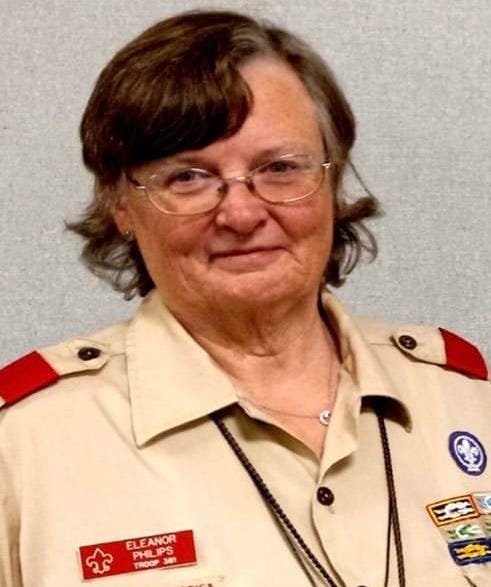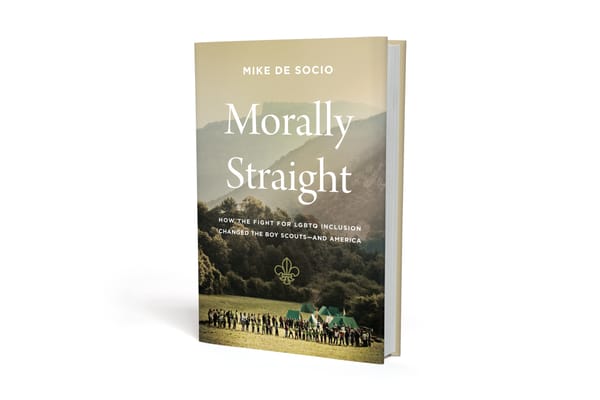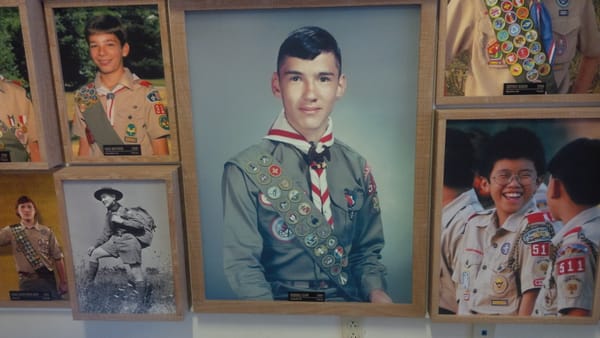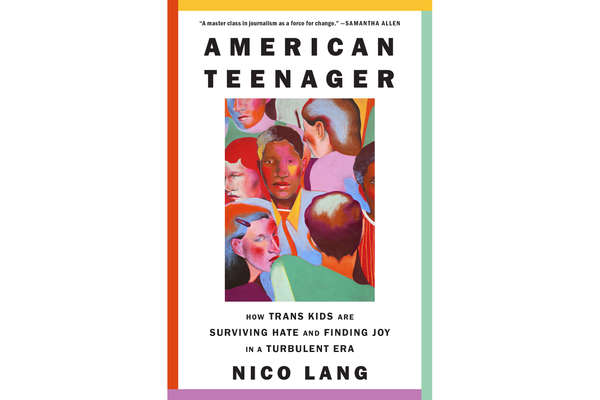A deeper look at the Scouts with Disabilities space planned for NOAC
“We want everyone to have that fun, dignified experience, and be able to do it and enjoy it," says Eleanor Philips, the adult adviser for the space.
Over the past two months, I’ve been reporting on the affinity spaces that are taking shape ahead of this summer’s National Order of the Arrow Conference.
I gave you an overview of all four spaces, and recently did a deep dive into the ArrowPride and Women in Scouting spaces in particular.
Today, I’m giving you a closer look at the Scouts with Disabilities space — another “first” for NOAC this year.

Eleanor Philips has been involved in Scouting ever since her oldest son — who’s now 43 years old — was in Cub Scouts. In other words, she’s been doing special needs Scouting since 1988.
She sits on the Greater St. Louis Area Council’s special needs committee, and is in charge of training for summer camp staff and troops in her council. But this year, she’s taking her talents and experience to the national stage.
Philips is the lead adviser for the Scouts with Disabilities affinity space at NOAC this summer, where she’s working with youth lead Jayden Williams.
The overall goal for the space is simple: “To make people more aware that anyone who wants to be in Scouts and wants to be in OA, there's a successful way to do it so everyone has a good time,” Philips told me.
Philips and her team hope to accomplish that in a few different ways. She’s planning to a create a model accessible campsite, complete with a tent and sensory items that can serve as a “safe zone” for scouts experiencing sensory overload. The tent — whether at NOAC or at any campout — will serve as a space for scouts to de-escalate before they engage again.
“It does get a little hectic at these activities,” Philips said.
The need for different sensory zones will be a main focus of the space. Philips said there will be “an active zone, a calming zone, and an interactive zone so different needs can be addressed.” She said that this is one of the most common issues she sees in special needs Scouting.
“It’s really the sensory issues right now that are the big concern,” Philips said.
Beyond demonstrating how those sensory zones can be designed, the space will also provide resources (with scannable QR codes for additional content) that scouters can bring home and implement locally. Philips is also happy to give out her contact information and handle any individual concerns directly.
Like the other affinity spaces, Scouts with Disabilities will also host a move night, a lunch-and-learn (“Ideas and strategies will be shared on ways to include Scouts with Disabilities in all areas of your OA program”), and a presence at the conference’s Ignite Festival.
Philips said that the very existent of this affinity space will mark a significant milestone for special needs Scouting at the national level. She remembers the early days of this work, when individual units and councils were mostly left to their own devices to figure out solutions. Now, Philips said, there’s much more support from the national organization, and more opportunities to network and share strategies.
“It’s more support throughout the United States,” Philips said.



